I am reviving this thread as I recently acquired a used TC-20E III to use with my AFS 300mm f/4 PF E. While researching this TC I also came across the following discussion which I think can be useful for anyone considering different TC alternatives:
https://nikongear.net/revival/index.php?topic=1202My copy of the TC-20E III so far seems capable of providing very good results when paired with a high quality lens of newer date like the 300PF (brief testing with my old AF 300 mm f/4 ED is a different story; I think that lens is better paired with the TC301), but of course naturally quite up to the level of my TC-14E. I have tested with AW1 and D500. While the 300PF alone does not require AF fine tuning, with the TC-20E III, +11 is needed for optimal results. [I have previously also not used AF fine tuning with my TC-14E, but when checked it now, I seem to get some improvement with +4.] AF keepers and focus speed are certainly much lower than with the 300 PF alone, it seems that single frame shots get higher keepers than high speed shooting, where often only the first frame is optimal unless light is very good, even at 1/1000 sec shutter speed (my normal with this lens). Issue with handholding a 600mm lens could be part of that. I usually do not have problems locking the focus, even indoors. Most of my testing was in AF-C, 25 point dynamic and VR in sports mode, mostly handheld.
Here are some examples in better light, unfortunately a bit flat, but also the best results on my sometimes skittish test subject. First the uncropped frames:

NIKON D500, f/10 @ 600 mm, 1/1250, ISO 800
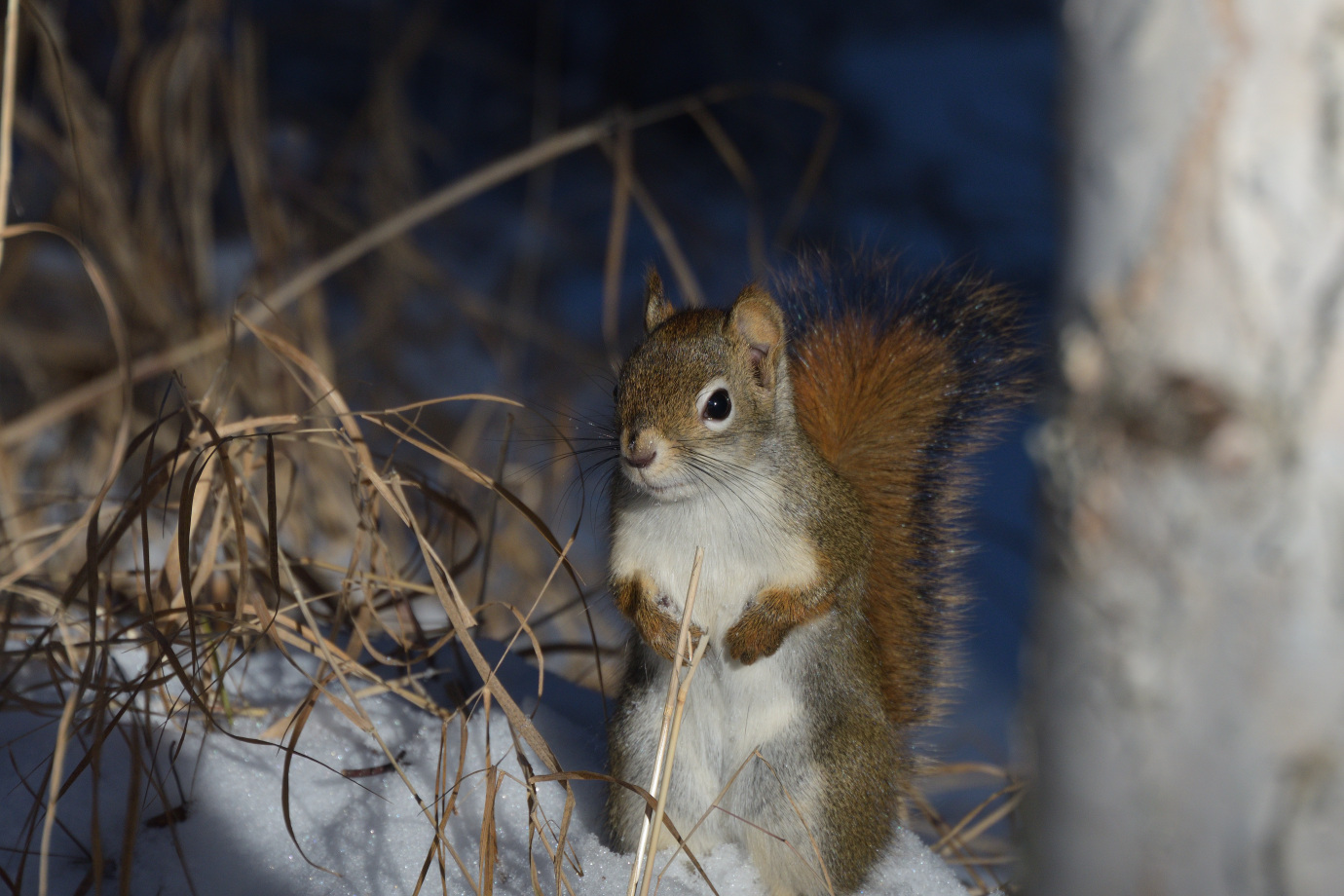
NIKON D500, f/10 @ 600 mm, 1/1000, ISO 1250
100% crops, they likely need to be opened in a new tab for full res. view unless you have a very high resolution monitor:

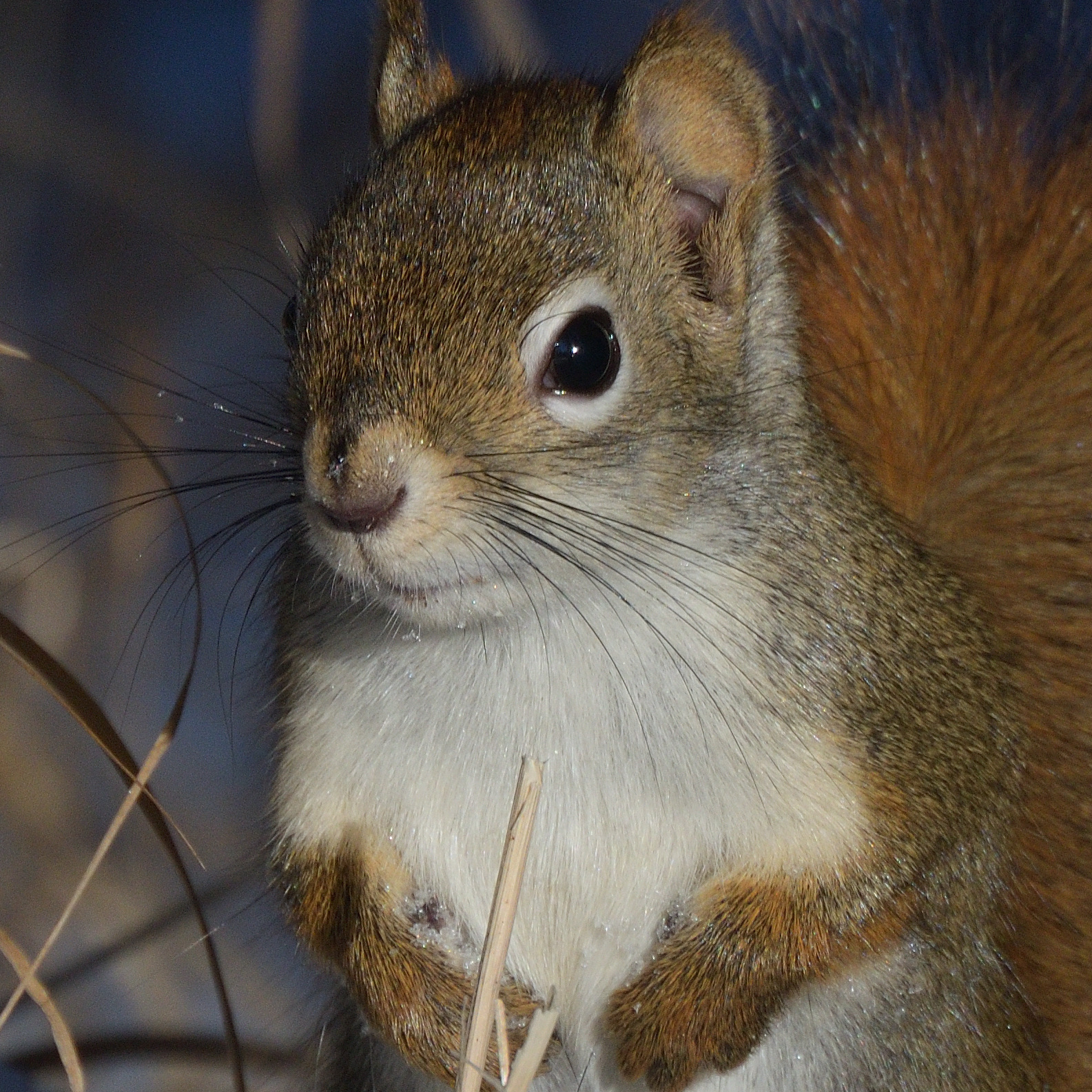
100% crop of Paper Birch bark:

NIKON D500, f/10 @ 600 mm, 1/1000, ISO 1400
What more often than not limits resolution is light levels this time of the year at my latitude, typically pushing ISO up in the 4000-6400 range, here an uncropped example:
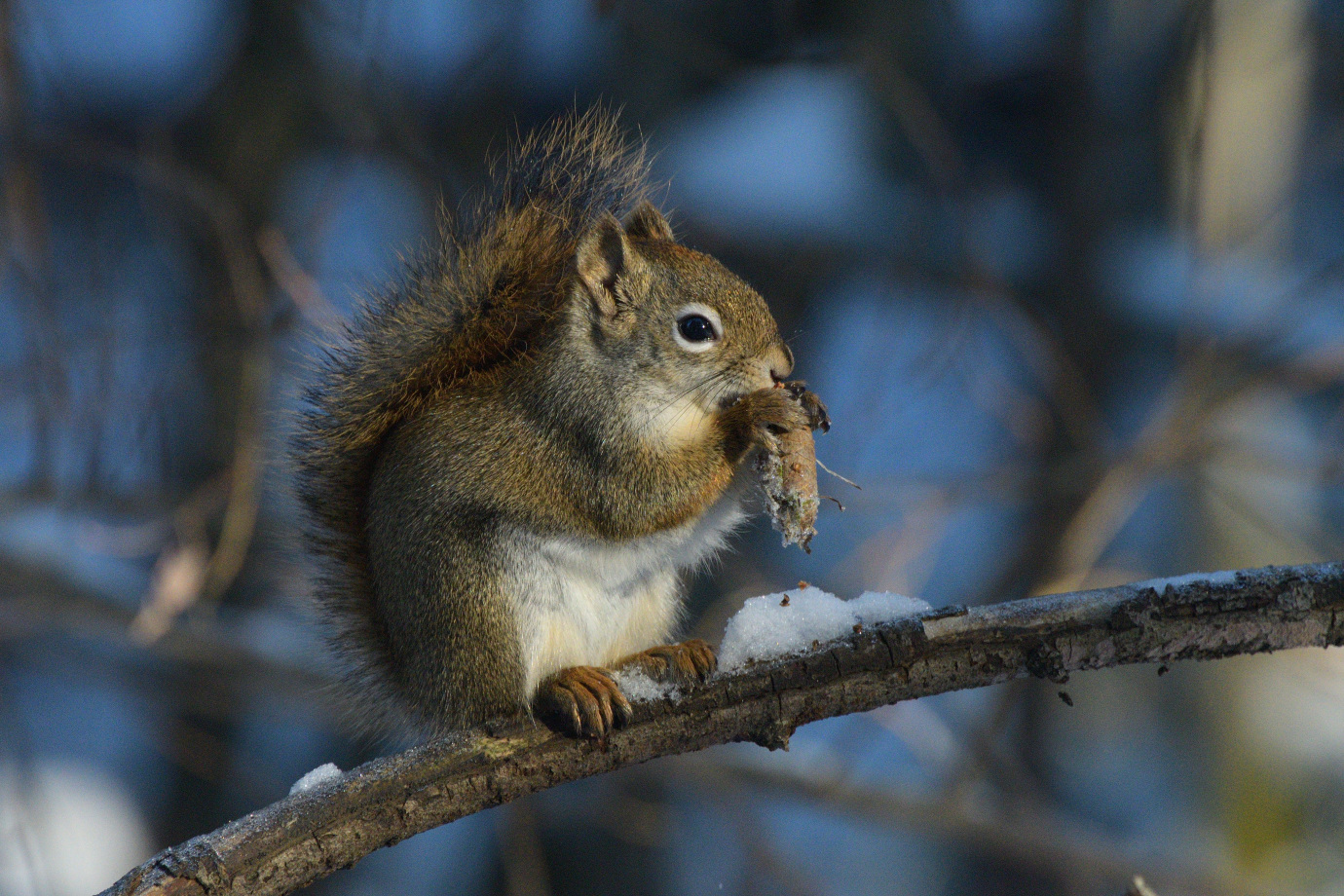
NIKON D500, f/10 @ 600 mm, 1/1000, ISO 6400
I think distance performance very much depends on quality of the air. Here is Mount Hayes, 144 km (89 miles) south of Fairbanks. I have plenty of images showing a very blurry view of these mountains with the 300PF alone, while this capture was on a day with unusually clear and untroubled air, although still not perfect:
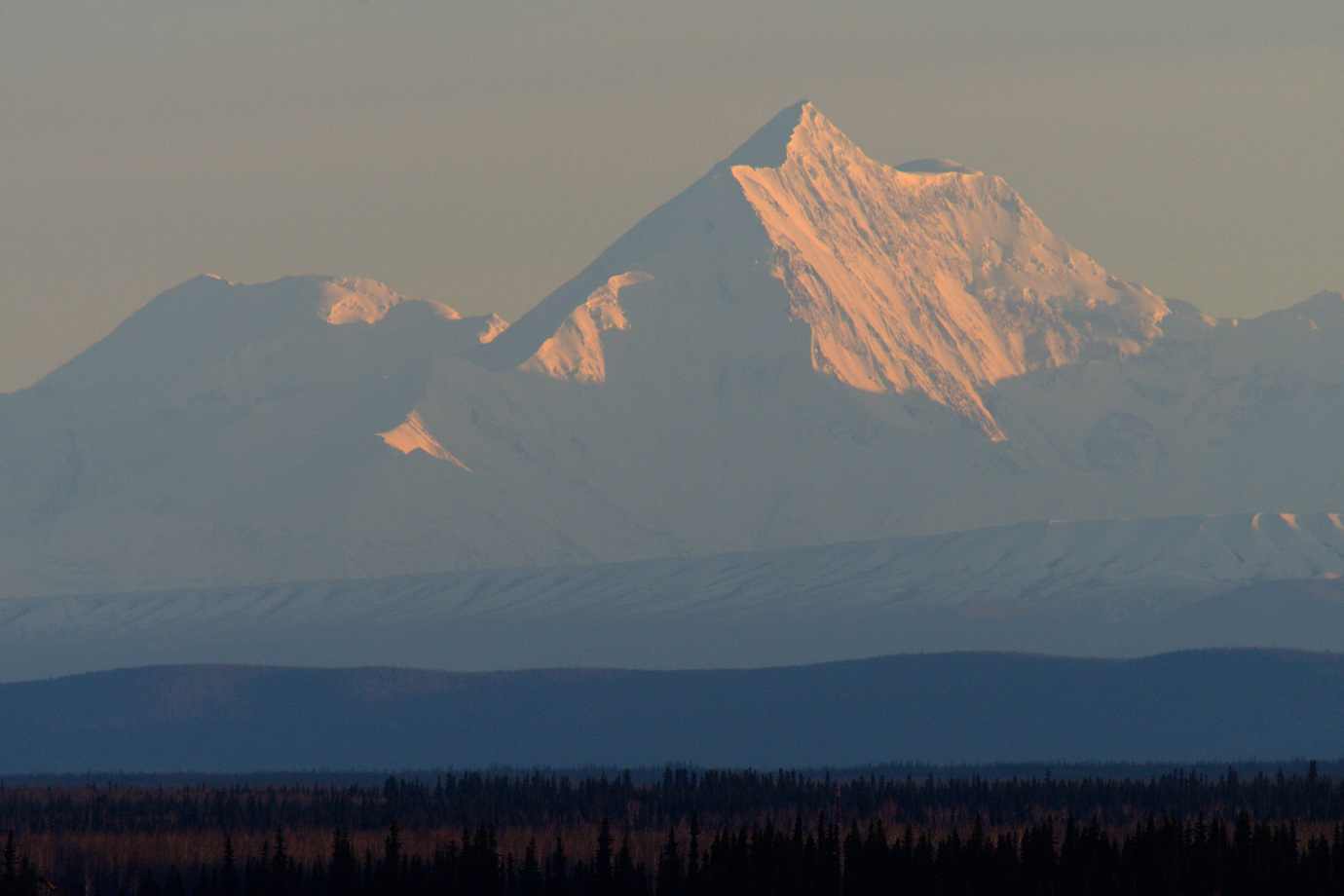
Another not quite so distant capture at dusk of the antenna dish at the university, a stitch of two horizontal frames:
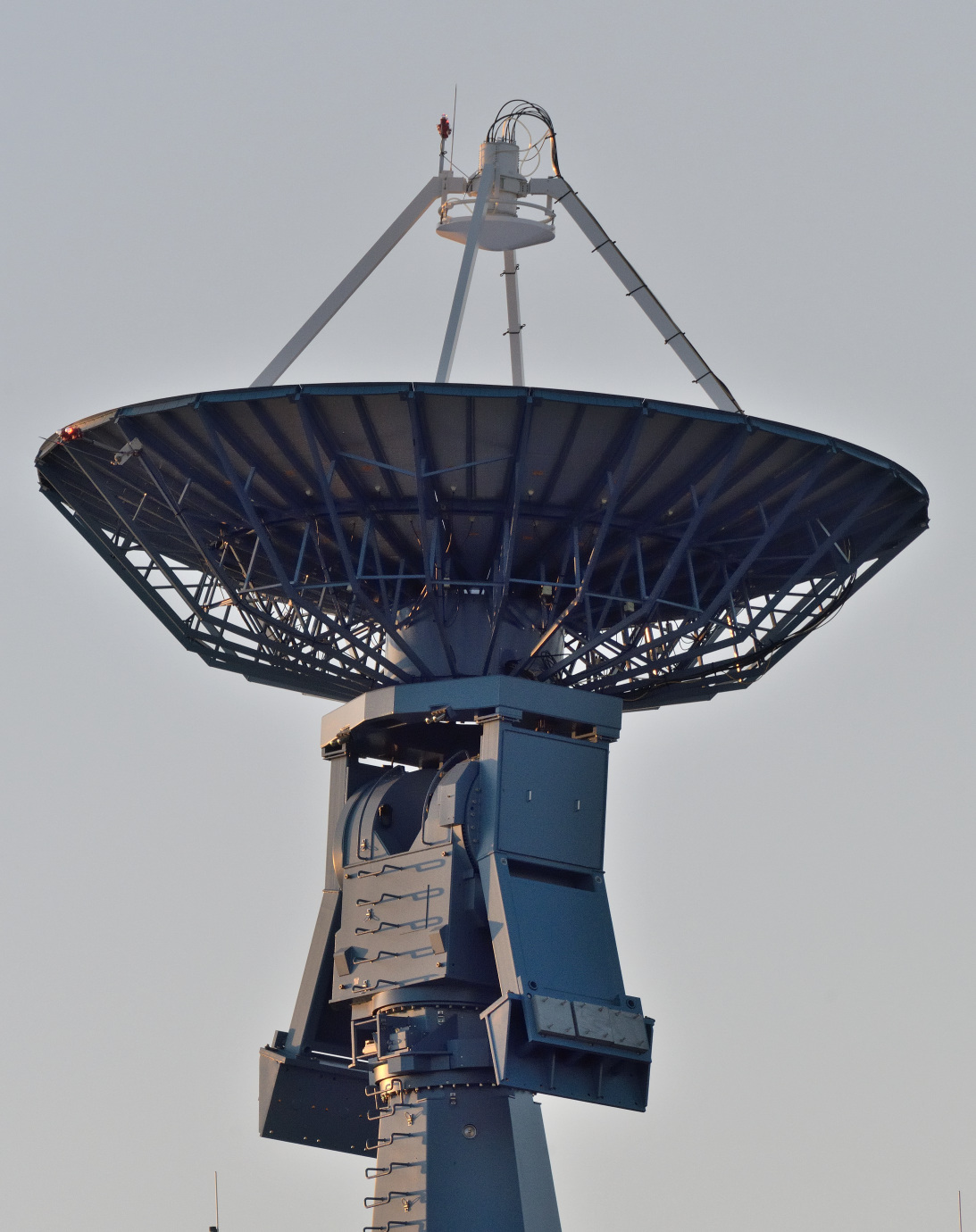
(about ISO 1000, but shadows lifted at least one stop.)
100% crop of bottom frame (open in new tab for full resolution):
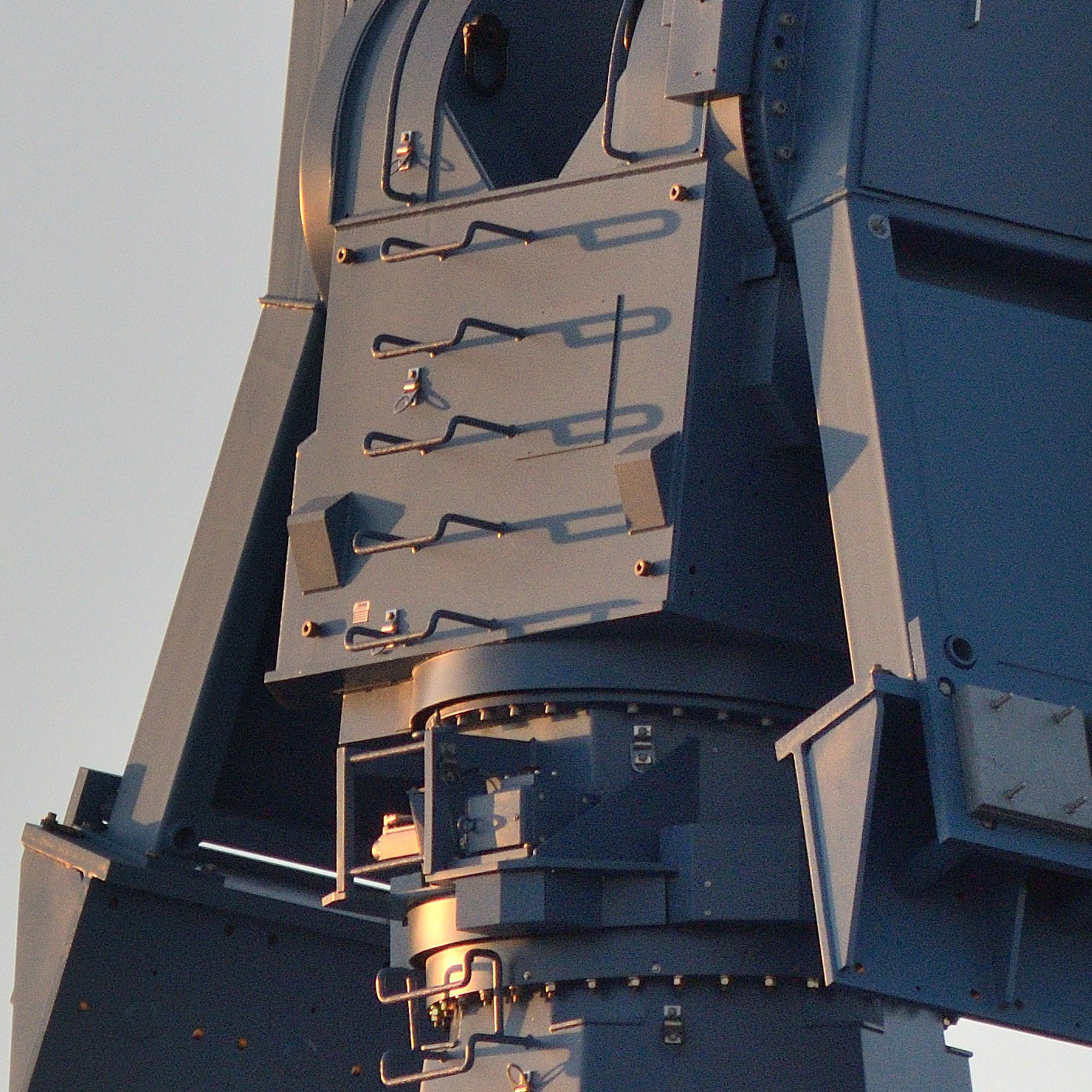
Finally a comparison to 1.4xTC. First out TC-20E III, both are full frames.
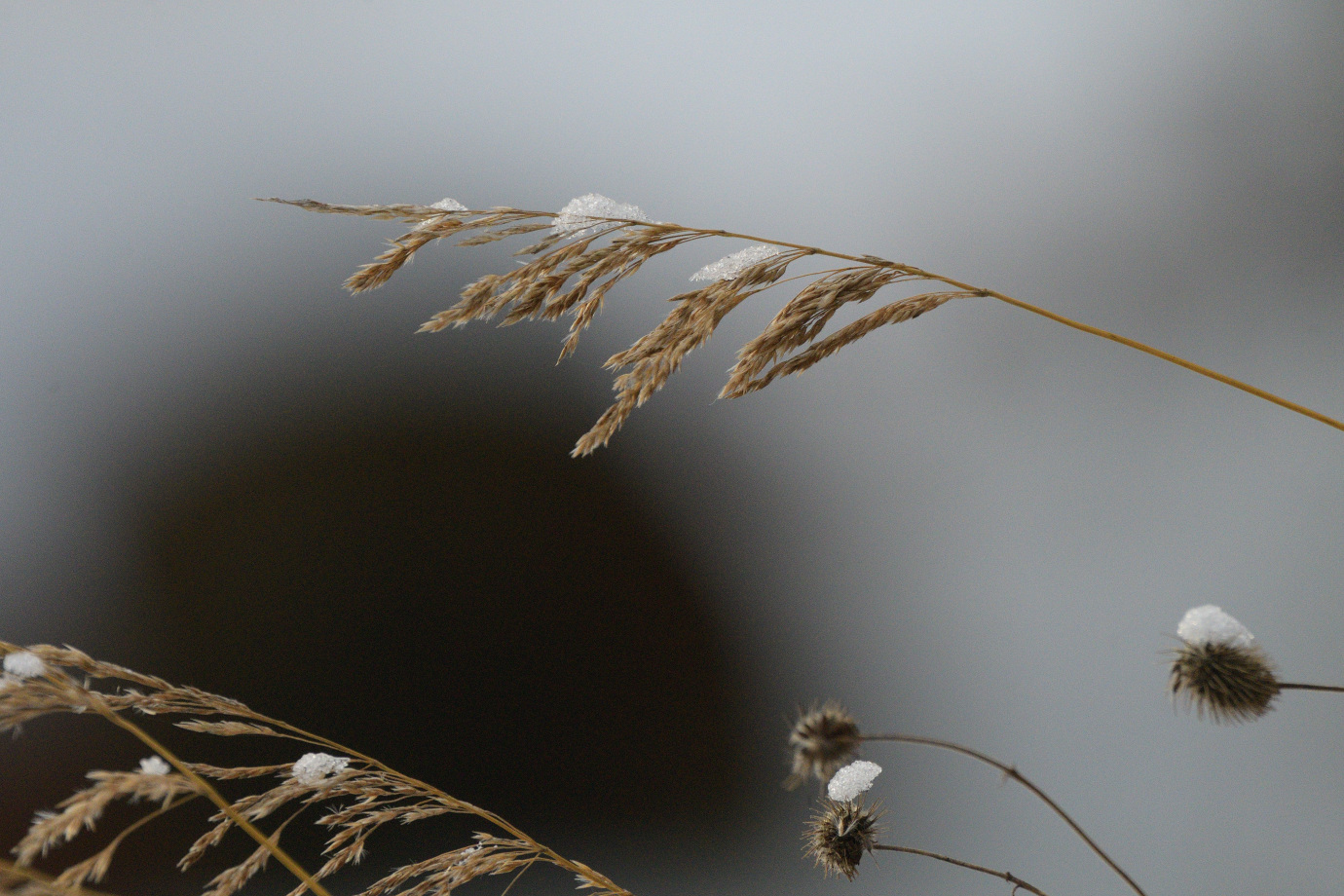
NIKON D500, f/10 @ 600 mm, 1/1000, ISO 6400
Then TC-14E. Note that inherently, the 1.4x converter has the aperture advantage that causes lower ISO to be used, which in turn affects resolution:


It should also be mentioned that TC-20E II stacked with TC-14E on the 300mm PF works quite well for astrophoto purposes (i.e. moon captures ) as exemplified in this thread:
https://nikongear.net/revival/index.php?topic=1867.msg163322#msg163322